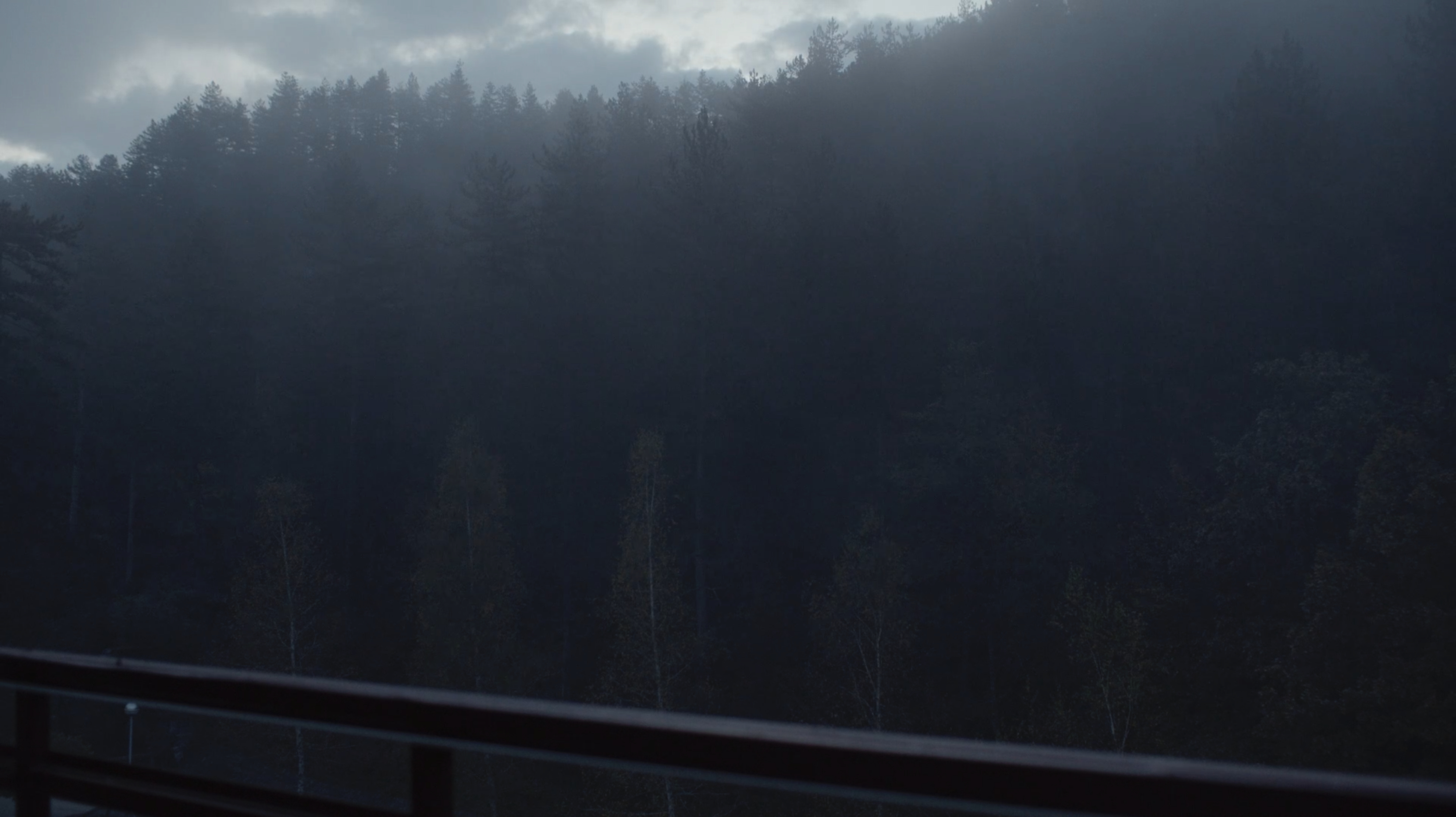MAIDENHAIR FERNInstallation: video, maidenhair fern plants, 1-channel audio
Short description:
Installation: video, maidenhair fern plants, 1-channel audio
Concept / Realisation: Adnan Softić, Nina Softić
Text: anonymus, Adnan Softić
Sound work: Daniel Dominguez Teruel
Short description:
The installation “The Maidenhair Fern (2021) takes the plant of the same name as a starting point to illuminate the history of the spa hotel in Višegrad, Vilina Vlas (named after the plant), where Serbian paramilitaries committed mass rapes of Bosniak girls and women in the early 1990s. A computer-generated female voice can be heard on a loudspeaker reading out victim reports by the few surviving women, while the camera examines the hotel's dated furniture, that bore witness to the crimes. Like memorials, the beds and chairs that now welcome wellness-seeking guests point to a past that has been overwritten by ignorance and indifference and banished from the collective memory.









Fairies once bathed in the springs of Višegradska Banja. Young men, who secretly watched them bathe and delighted in their charm, were driven to madness by the unapproachable beauties. After bathing the faires left the springs untouched, leaving behind strands of their black hair floating in the water. These turned into the green strands of the maidenhair fern and thus enchanted the entire site.
The thermal springs of Višegrad became the site of a spa during the Ottoman Empire. Later, when this area became part of Yugoslavia, a large spa hotel was built there. The hotel was named "Vilina Vlas" after the maidenhair fern, invoking the area's legendary magical aura. The past decades are inscribed in the furniture of the hotel with clearly visible traces. For some, the site's run-down exoticism is a quality to be appreciated. The patina of Yugoslavian architecture nestled between two dense, dark green forest slopes ...
Yet one layer of time that is preserved, yet unapparent, is that of the 1990s. Those willing to do some research will discover that the spa hotel was once occupied by the Serbian army in Višegrad who used it as a concentration camp for abducted Bosniak civilians as part of their "ethnic cleansing" campaign. Mainly women and girls were housed there, and systematically raped. Only the most beautiful girls from the city and the surrounding area were taken there.Most of them were murdered or committed suicide. Many are still considered missing. Only a few survived to tell the story of what happened. There were at least 21 such camps in the area around Višegrad.
Peter Handke, winner of the Nobel Prize for Literature, became interested in this site. He visited Višegrad and nearby Srebrenica, one year after the end of the war – one year after the genocide. He then published his highly controversial "Yugoslavia Texts," in which he denied and relativized the crimes, feeding the power of the post-factual.
According to legend, the essence of the spa "Vilina Vlas" is rooted in the female power of seduction. To speak of this, in view of the atrocities committed, seems like the perpetration of a second act of violence. It is true that the crimes could be interpreted in the sense of the legend, as an act of revenge by slighted men. But female seduction is not what brought about this history, but solely unleashed male fantasies of domination. "Vilina Vlas" is a window into the nature of sadism and the essence of a fascist order.
Today, this place of destruction serves exclusively as the headquarters of a spa hotel and health resort.
Adnan Softić, Nina Softić
SEE ALSO:
︎︎︎ Step Out of the Strange Light – Panel / nbk.org
With Charlotte Eifler (artist, Leipzig) and Clarissa Thieme (artist, Berlin), Rajkamal Kahlon (artist, Berlin), Nina und Adnan Softić (artists, Berlin), moderated by Nataša Ilić (member of the curatorial collective What, How & for Whom / WHW; director of Kunsthalle Wien) In English